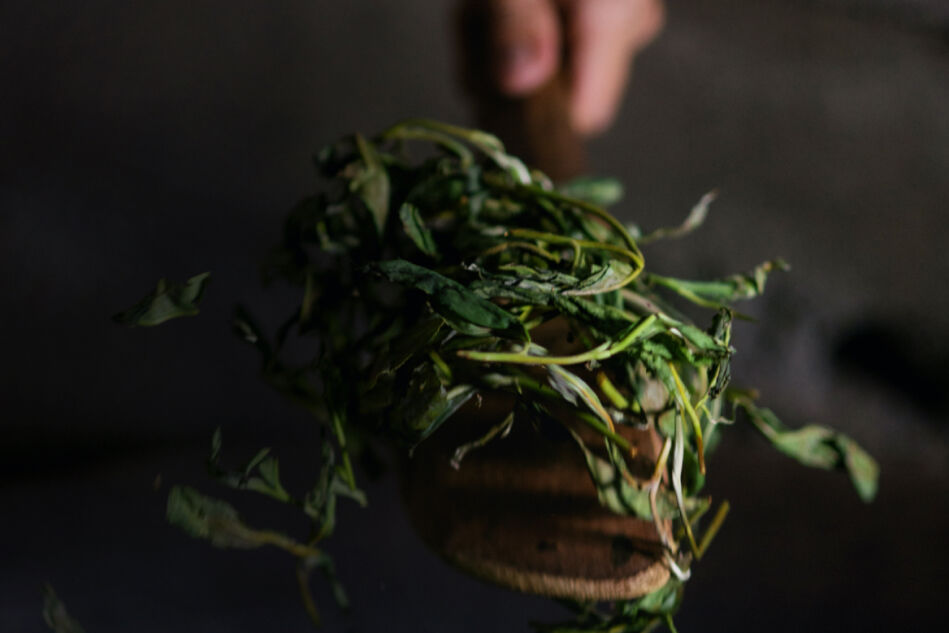Tea aromas and flavours
What tastes do tea leaves produce?
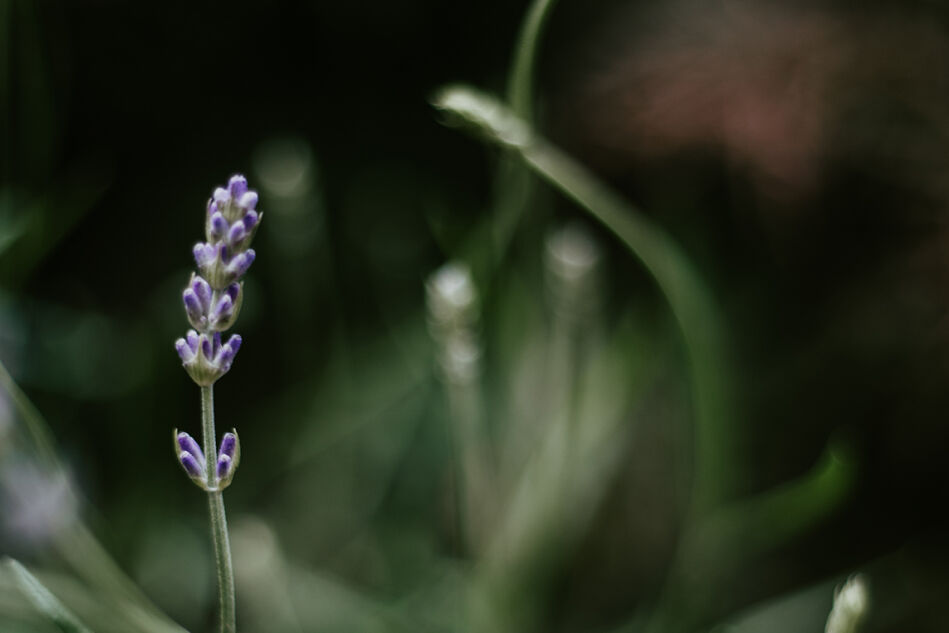
The enjoyment of a cup of good tea is a pleasure at any time of day. In this article, we describe how aromas and flavours characterise the teas we drink.
Two of our senses are in play here; our sense of taste and our sense of smell. Our gustatory system is able to distinguish between five basic tastes: sweet, sour, salty, bitter and umami while our olfactory system processes the odours we smell. Hence, it is these two systems that mainly determine how we perceive the taste and aroma of a tea. But if we claim that something tastes of strawberry, for example, it is actually the corresponding odour that puts us in mind of the fruit. This is because our perception of ‘flavour’ is primarily brought about by the aroma of whatever we are consuming. You may not be aware of this, but 80% of our gustatory perception occurs through the nose - in other words, is determined by our sense of smell. Believe it or not, the human nose can distinguish between 10,000 different odours. However, this all comes down in the end to training; those with less practice in discerning smells may be able to consciously identify only some 1,000 different odours.
Our tongue contributes the remaining 20% of our taste sensations.
At the same time, however, there are other senses and also our brain that play a role in how we perceive aromas and flavours. It is important to bear in mind that all five of our senses are involved in - and indeed should be involved in - how we experience drinking a cup of tea. We can, of course, see the tea and even feel the individual leaves. Each brewed beverage has its own individual colour depending on the variety of tea used and this can already indicate what we can expect in terms of aroma and flavour. And, let us not ignore our sense of hearing - there is that soothing sound the tea makes when we pour it into a cup.
How the flavours and aromas of teas are created
As is also the case for our Avoury® tea range, aromas and flavours are to a large extent determined by how the tea leaves are prepared. The relevant factors include the type of tea plant, the exposure to sun (just like that for grapes used to make wine), the time of harvesting, the subsequent processing with the drying process and the size of the leaves.
Those varieties for which the tastes and aromas are largely determined by the tea leaves are:
When it comes to the Avoury fruit tea range, flavours are boosted by means of the addition of natural supplements, so that the fruitiness of our JUST APPLE, for example, is experienced particularly intensively by the olfactory and gustatory systems. On the other hand, it is the natural ingredients, the blend of herbs and spices in Avoury herbal teas, that themselves generate the effects and no flavour supplementation is needed.
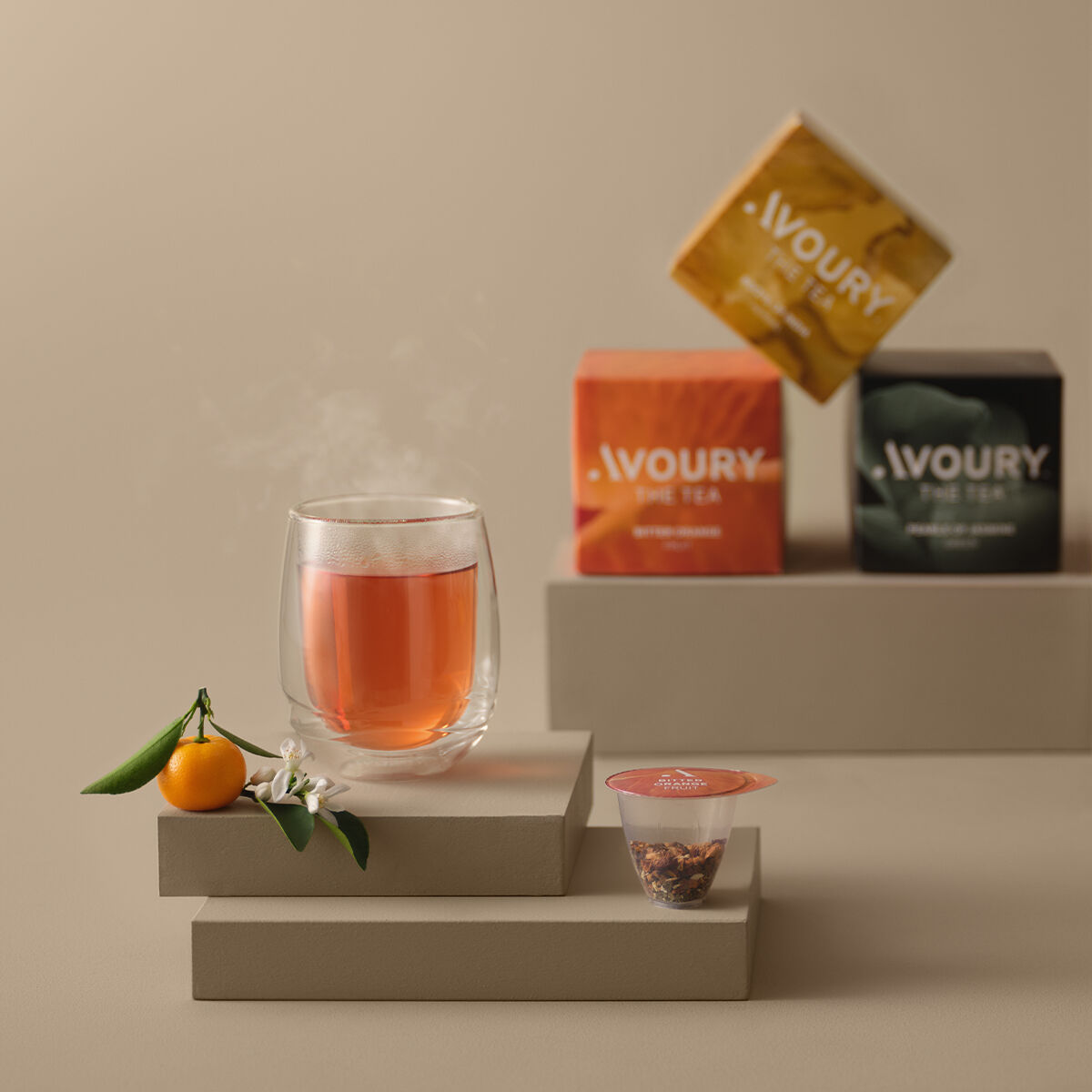

A flavoursome example of these varieties is our EPIC LIQUORICE®. The unique aroma and flavour are attributable to the combination of fennel, anise, star anise and liquorice root. The list of ingredients that can be used to produce the ‘taste’ of a natural flavour and that are used in our tea blends extends from dried herbs and blossoms, through spices and types of root (such as turmeric) to barks and seeds.
The diverse ingredients in our EASY DREAMER® herbal tea is a good example of this complexity:
● Fennel
● Lemon balm
● Rosehip husks
● Anise
● Spearmint
● Lavender blooms and valerian root.
Deciding which ingredients should be put together requires considerable care and understanding of how flavours work to ensure that Avoury teas are always a taste sensation.
Let’s now take a closer look at flavour and aroma, what different kinds of these are offered by our tea range and how the tastes and fragrances of Avoury teas can be best described after they have been brewed to perfection in the Avoury One® tea machine.
How do you describe the aromas and flavours of a tea? - the aroma wheel can help
A wine aroma wheel was originally devised in the 1980s at the University of California at Davis in the USA. It was while a researcher was undertaking a sensory research project there that she realised that there was no standardised terminology for describing the aromas and flavours produced by wines. The purpose of the wine aroma wheel was to provide appropriate designations that would be generally understandable and applicable to the fragrances and aromatic substances of wines experienced during wine tastings and that would help describe these as accurately as possible. The wine aroma wheel can be used by both experts and untrained tasters.
The world of wine provides a good example of just how imaginatively the aromas - or what are more commonly called ‘bouquets’ - of these beverages can be characterised. And there is no reason why we shouldn’t take the same approach when it comes to our Avoury teas. So, borrowing from the concept of the wine aroma wheel, we at Avoury have developed our own tea aroma wheel and we’ll now use it to describe some of our favourite teas.
The aroma wheel should be ‘read’ from inside to out. The terms on the inner circle of the wheel describe a fragrance and the further out one moves, the more detailed is the differentiation between the various aromas and flavours.
Avoury’s SWEET CHERRY is a typical fruit tea. With the olfactory sense, we recognise that a fruit is present and on closer consideration, we realise that this is a stone fruit, only in the end to come to the conclusion that the fruit in question must be cherry.
Now we’ll review our MUMBAI CHAI® in the same way. The basis of MUMBAI CHAI is a black tea. The dominant scents of this black tea are spicy. Going into more detail, we can make out cinnamon, cardamom and clove. Did you know that we actually sense the fragrance of a tea twice? When we sniff our cup of MUMBAI CHAI this is the first nasal impression registered by our brains. There is then retronasal odour perception in the finish when we actually drink it.
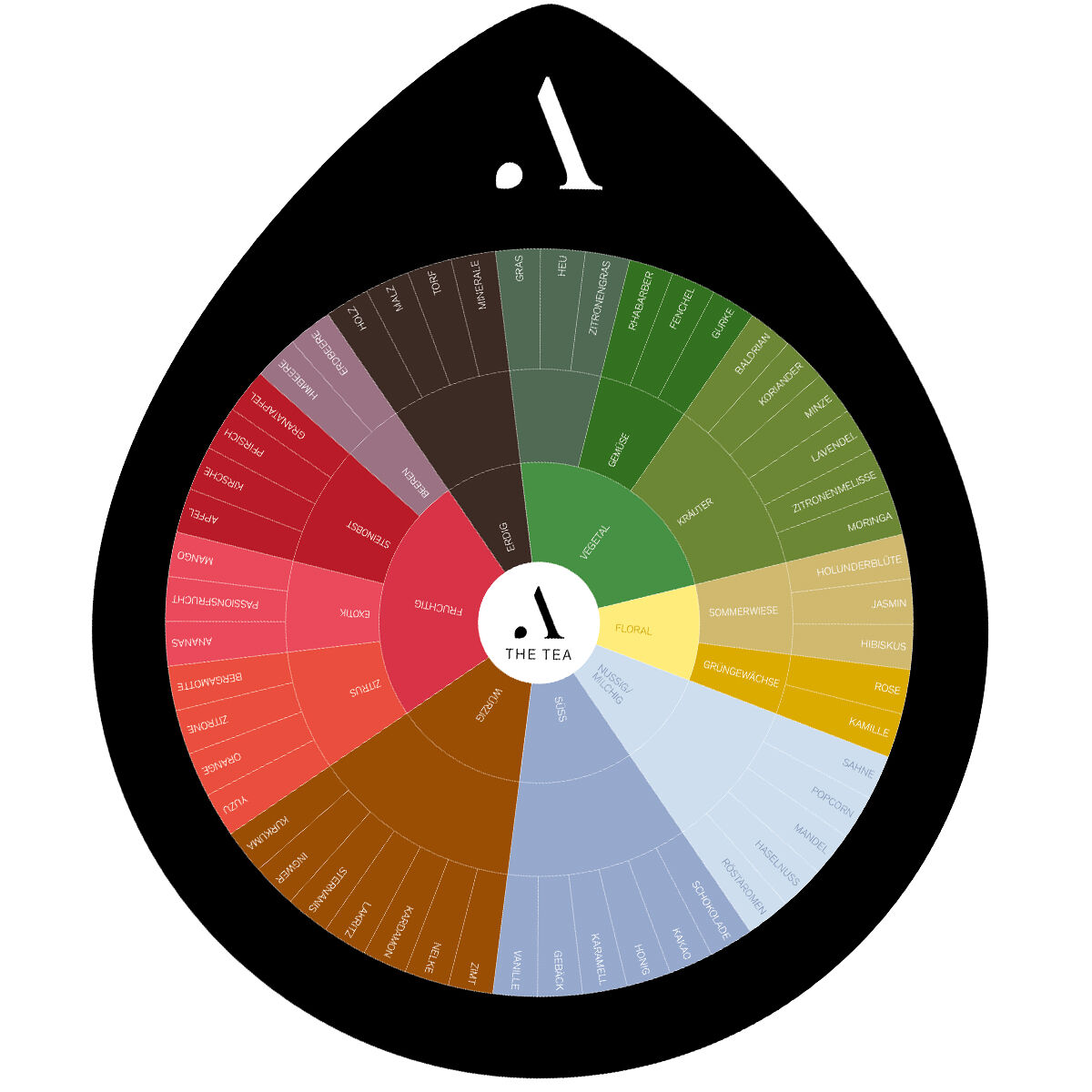
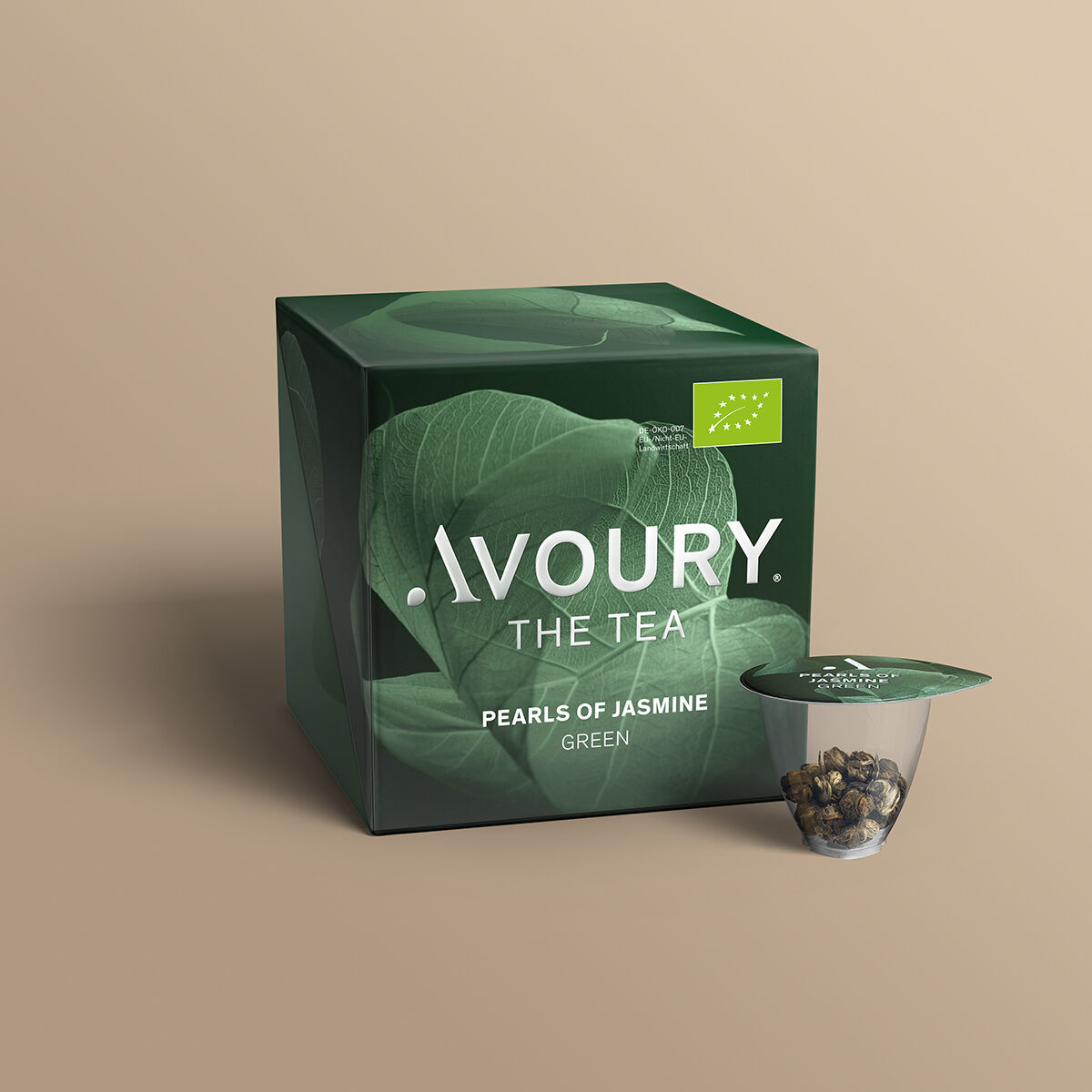
Good to know: a fascinating aspect of creating tea flavour and aroma
Let’s turn to look at our PEARLS OF JASMINE: Way back in the past, the Chinese began adding blossoms to their tea leaves during the drying process in order to provide a natural form of aromatisation. Perhaps the most prominent example of a flavoured tea of this kind is jasmine tea, and our PEARLS OF JASMINE follows this tradition. Although this is a green tea, the principle olfactory perception is that of a floral odour. This aromatised green tea thus evokes the scents of a summer bouquet of flowers and has a typical jasmine flavour in the finish when we drink it.
We’ll continue with our ORIGINAL GENMAICHA. Once upon a time, genmaicha was deemed to be something for the less well-off and it was also consumed during fasting periods when there were longer intervals between meals. It consists of a powerfully flavoured green tea to which brown rice has been added as a filler. The result is thus a tea with a nutty, full-bodied flavouring created by the roasted rice. This variety is a good example of how aromatisation can be created by means of the selection of flavouring components. Today, genmaicha is widely available and has become something of a tea for the aficionado, so it is well worth trying it.
Another highlight among our aromatised teas is MILKY FAVOURITE - the leaves of this oolong tea are traditionally steamed with milk so that they produce a wonderfully milky and creamy infusion. However, at Avoury, we choose not to use milk for this purpose. Instead, to produce the unusual, not to say unique, taste of our MILKY FAVOURITE oolong, we add natural milk flavouring that is, of course, lactose-free.
A digression: how EARL GREY tea came about
There is little doubt that among all the black teas the most popular is EARL GREY. There are various versions of the tale of how this flavoured tea was originally created. One story involves a ship sailing from China to England in the early 19th century with black tea in its hold. As it happened, bergamot fruits were also among the freight it was carrying and during a storm, some of these rolled into the tea. This absorbed the flavours of the bergamots and, hey presto, EARL GREY tea was born. This supposedly accidental invention is now the aromatised tea that has become the favourite of tea drinkers worldwide. And Avoury’s EARL GREY with its elegant notes of citrus is also given its special flavour using the essence of bergamot fruit. But that is something that you will be able to verify later, when you drink a cup of EARL GREY and experience it with all your senses.
Flavouring tea specialities in this way provides in many cases the opportunity to give a tea quite unusual flavours and aromas that it does not inherently possess, thus taking the taste adventure down previously unexplored routes.
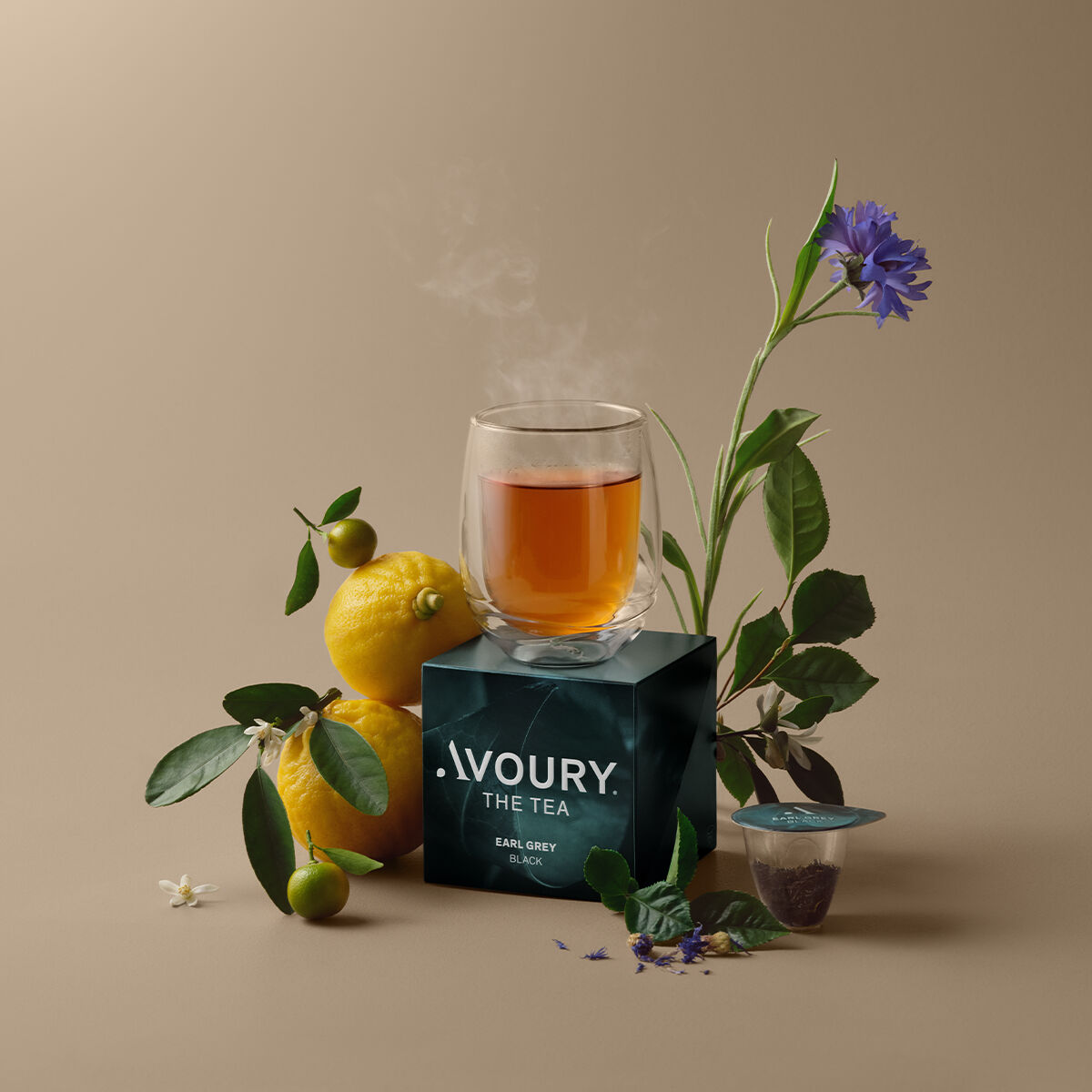
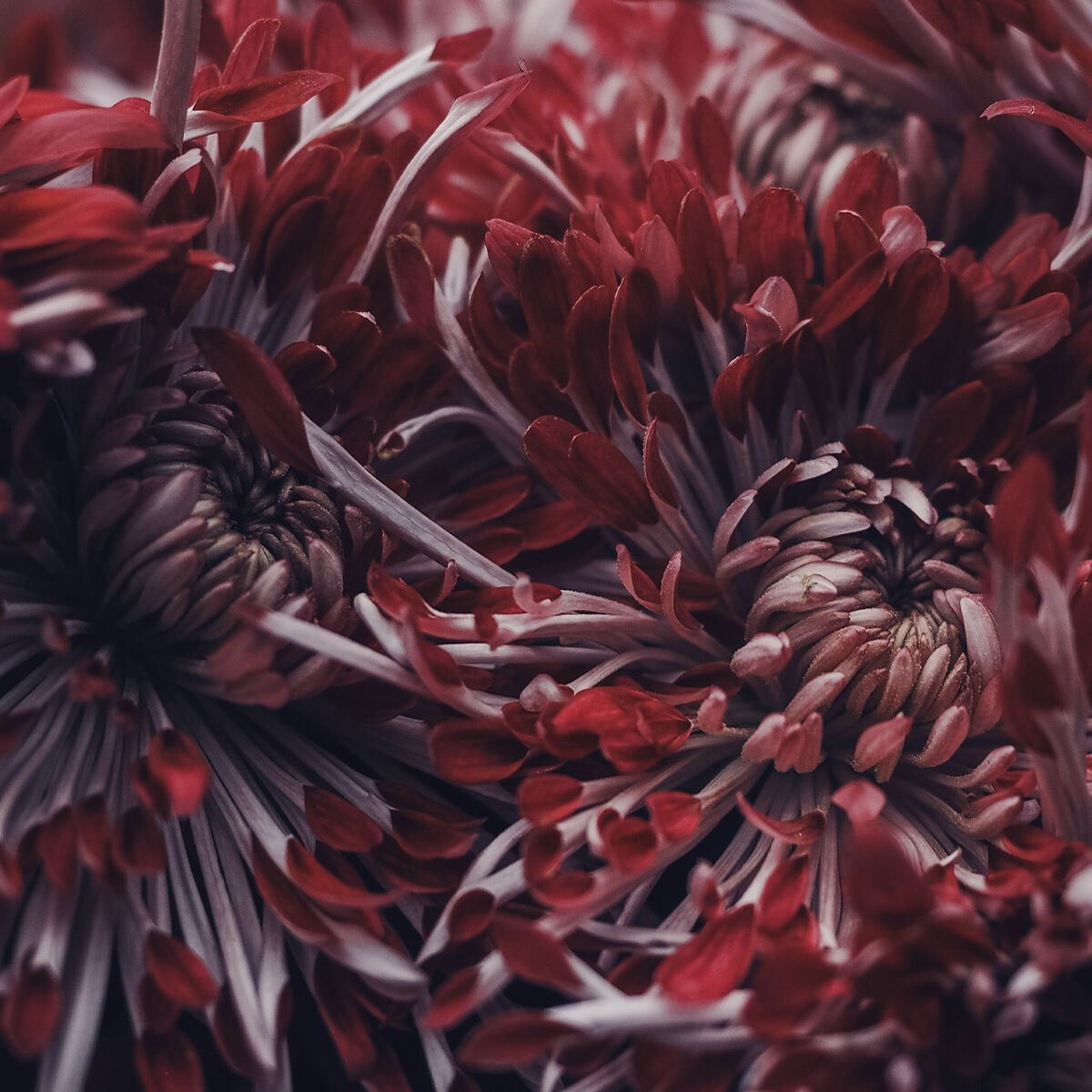
Tea aromas and flavours - a whole world of a diversity of variants
Looking at the Avoury aroma wheel, we can see that there is a large selection of various aromas and flavours - from ‘down-to-earth’ wood and turf, through nutty aromas to exotic pineapple. In the case of certain tea varieties, there are also the effects produced by roasting. Flavour effects such as this can today be generated to suit whatever outcome is required.
This is what makes it all so fascinating because, by combining various aromas and flavours, it is possible to enhance the taste qualities of a tea. Using this method, it is even possible, for instance, to create seasonal teas - teas with floral notes for spring, with robust-sweet aromas for autumn and winter - made by means of the combination of selected ingredients suitable for the season or the occasion. Appropriately aromatised, a special Christmas tea can even be given a flavour that will call to mind the taste of gingerbread.
Tea aromas and flavours - natural or artificial?
Added flavourings can be used to enhance the taste of almost all beverages. When it comes to flavourings, we can roughly differentiate between natural, nature-identical and artificial flavourings. For us at Avoury, naturalness is the be-all and end-all. We do not stoop to the use of artificial or nature-identical flavourings but exclusively employ natural flavourings - when necessary - in our tea range. In this way, we safeguard the special flavour quality of our tea products and this is suitably preserved in our Avoury® TeaCycle Caps®. Tea connoisseurs have come to value the natural character of our teas.
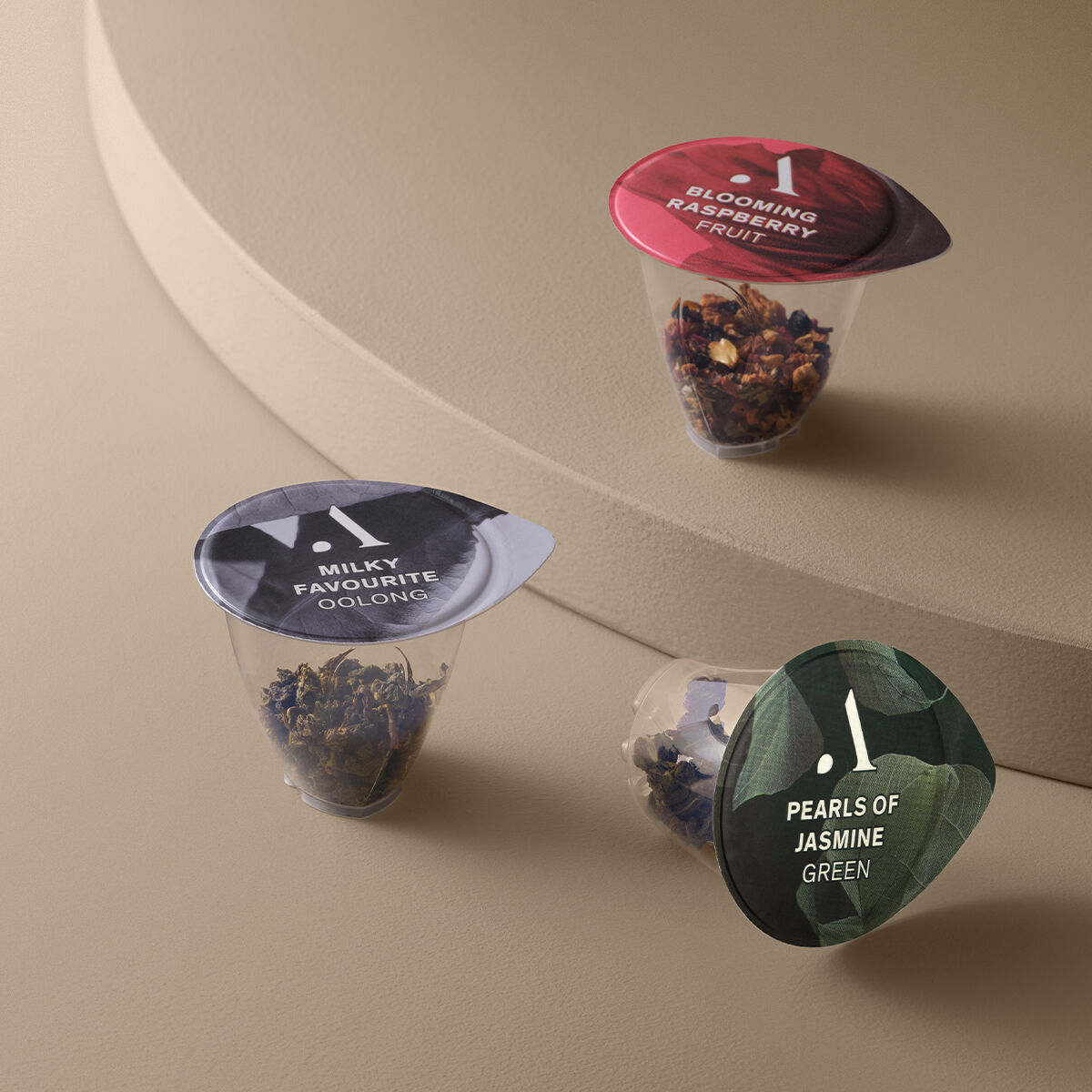
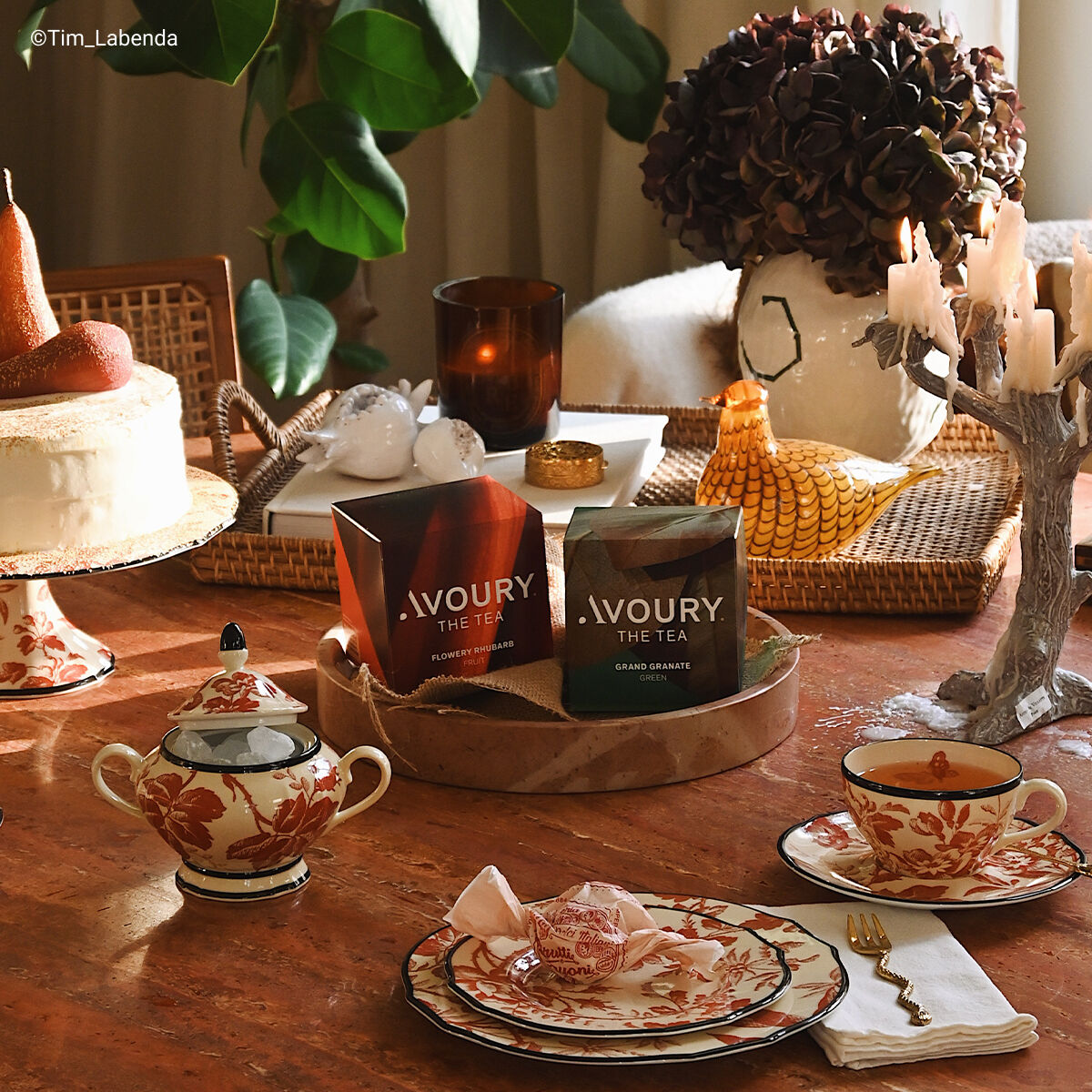
The art of tea pairing: combining tea and foods
With their extensive range of flavours and aromas, teas offer a veritable whirlwind of options that are more than just a storm in a teacup. Just as wines pair well with certain foods, tea specialities can also come into their own when drunk with specific dishes.
So don’t forget: when red and white are not so fine, tea can make a meal divine. Many restaurants throughout the world have come to offer tea specialities to be drunk with their menus as a supplement or even an alternative to their wine list.
- Black tea / STRONG ASSAM: Black teas are the perfect aromatic accompaniment to substantial main courses, such as roasts and stews. And here we would recommend our STRONG ASSAM, the malty flavour of which complements the heartiness of such foods. If the dessert perhaps involves plain chocolate or a powerfully flavoured mousse au chocolat, our Assam tea is the ideal drink.
- Green tea / SUPREME GYOUKORO: A green tea with its vegetable flavours and aromas is best with lighter meals, such as salads, chicken and sushi.
- White tea / LIGHT PASSION®: A white tea with its fine and delicate flavour nuances is an enhancement to every fish and seafood dish. White teas provide a similarly sublime taste experience when enjoyed with the sweet finish to a dinner, such as a creamy dessert.
Tea can not only be stylishly presented at table but has the additional advantage that it is completely alcohol-free. Depending on restaurant, menu or culinary specialisation, tea can be drunk either cold or hot with a meal. It is worthwhile looking elsewhere to discover more about the world of tea pairing and the options and the finer points of what is undoubtedly an art form in itself, while also discovering your own taste preferences - after all; there is no accounting for taste!
Many teas, as many aromas and flavours but the first choice is Avoury
It is easy to develop a taste for tea with the help of Avoury. Among our wide range of flavours and aromas there is something for every tea fan while our products are of guaranteed top quality - and that cup after cup. To ensure the contents of our TeaCycle Caps retain their full flavour characteristics, we use only natural products and natural additives. Whether green tea, black tea, white, oolong or herbal or fruit teas, the Avoury tea specialities are distinguished by the careful selection of varieties and the maintenance of stringent standards during processing so that the resultant flavours and aromas provide for an unique sensory experience.
Leading the way when it comes to flavour is the preparation of tea using our Avoury One: you will find that our tea machine opens up a whole new avenue of taste for many tea varieties, enabling you to enjoy that perfect cup of tea brewed with precision.

More articles
More articles

Not less, but better.
Sharpening one's own awareness. Recognizing what one really needs. Giving things new appreciation. That's what minimalism is about. Following the motto 'less is more', more and more people are embracing the desire for clarity and order – even in the design of their homes.

Should we always follow our nose?
23,000 times – that´s how many breaths we take on average per day. And that means a multitude off different scents float in through our nose evoking a wide variety of reactions in us. In this article we´ll explain the psychological reasons behind this and why we should let our noses discover new things more often.
